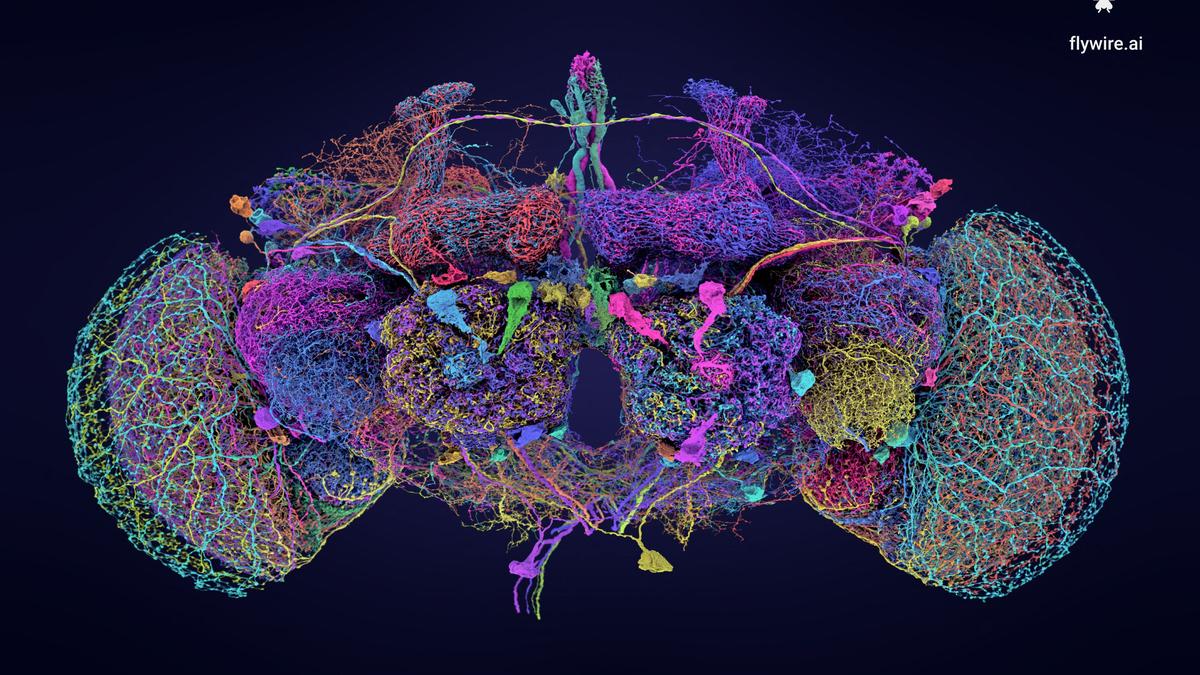
Scientists map fruit fly brain in neurobiological milestone
The Hindu
Scientists announced a milestone in neurobiological research with the mapping of the entire brain of an adult fruit fly, a feat that may provide insight into brains across the animal kingdom, including people.
Scientists announced on Thursday a milestone in neurobiological research with the mapping of the entire brain of an adult fruit fly, a feat that may provide insight into brains across the animal kingdom, including people.
The research detailed more than 50 million connections between more than 139,000 neurons - brain nerve cells - in the insect, a species whose scientific name is Drosophila melanogaster and is often used in neurobiological studies. The research sought to decipher how brains are wired and the signals underlying healthy brain functions. It also could pave the way for mapping the brains of other species.
"You might be asking why we should care about the brain of a fruit fly. My simple answer is that if we can truly understand how any brain functions, it's bound to tell us something about all brains," said Princeton University professor of neuroscience and computer science Sebastian Seung, one of the co-leaders of the work published in a series of studies in the journal Nature.
While some people may be more interested in swatting flies than studying them, some of the researchers found aesthetic satisfaction peering at the fruit fly brain, less than 0.04 inches (1 mm) wide.
"It's beautiful," said University of Cambridge neuroscientist and research co-leader Gregory Jefferis.
The map devised by the researchers provided a wiring diagram, known as a connectome, for the brain of an adult fruit fly. Similar research previously was conducted with simpler organisms, such as the worm Caenorhabditis elegans and the fruit fly's larval stage. The adult fruit fly presented more complicated behaviours to study through its brain wiring.
"One of the major questions we're addressing is how the wiring in the brain, its neurons and connections, can give rise to animal behaviour," said Princeton neuroscientist Mala Murthy, another of the co-leaders of the research.











